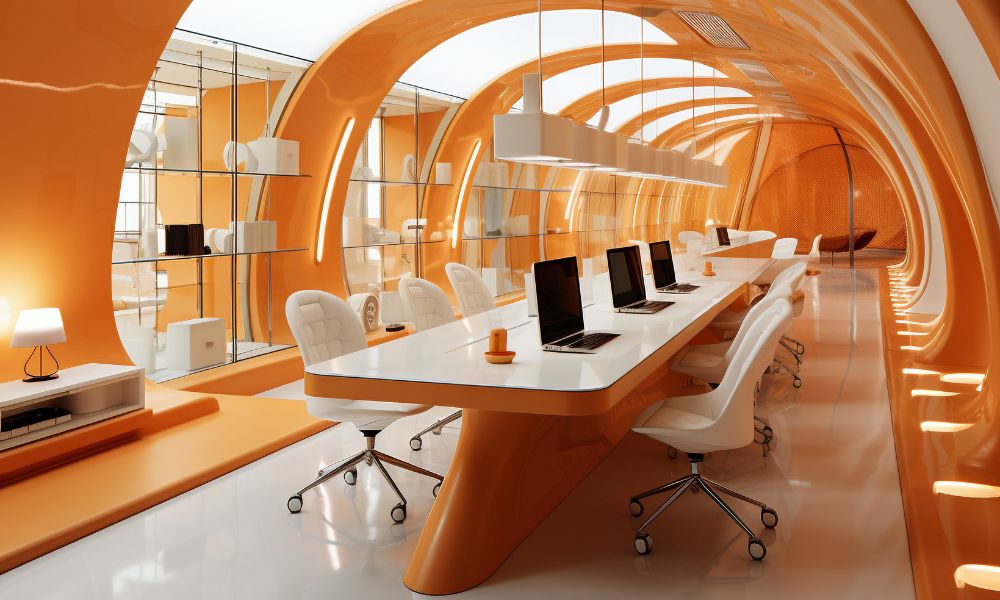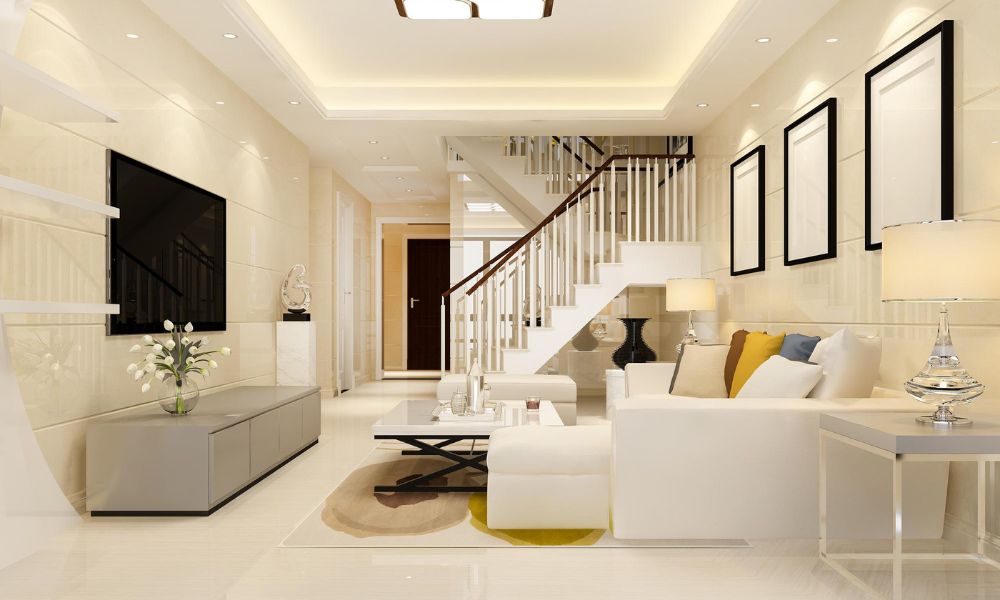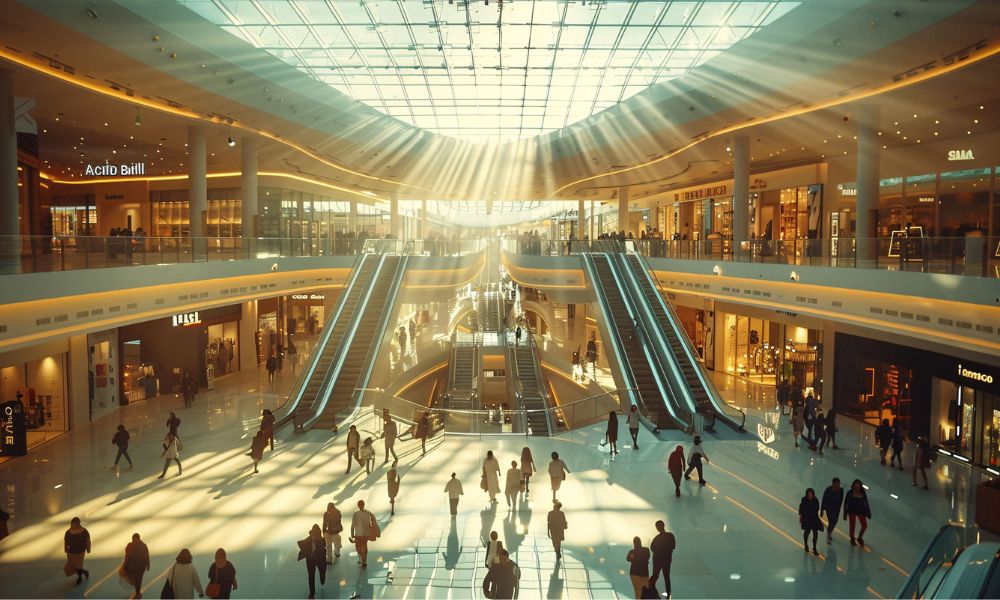Discover how sustainable architecture is shaping the future with innovative green design. Explore strategies, benefits, and examples of eco-friendly buildings.
Sustainable Architecture: Innovative Green Design for the Future
Imagine walking into a building where sunlight warms the interiors naturally, greenery thrives along the walls, and energy costs are nearly zero. This is not a distant dream—it is the reality of sustainable architecture. As the world grapples with climate change, rising urbanization, and resource scarcity, architects are rethinking how buildings are designed, constructed, and maintained. Architecture blends innovation with responsibility, creating spaces that are both environmentally friendly and deeply human-centered.
In this guide, we’ll explore how sustainable architecture is revolutionizing modern design, why it matters more than ever, and the groundbreaking strategies shaping the future of our built environment.
What Is Sustainable Architecture?
At its core, sustainable architecture is about designing buildings that minimize negative environmental impacts while maximizing efficiency and livability. It is not just about energy-efficient light bulbs or solar panels—it’s a holistic philosophy that integrates sustainability into every stage of the design process.
Key elements include:
- Using eco-friendly and renewable materials.
- Designing for energy efficiency and reduced waste.
- Incorporating renewable energy sources like solar and wind.
- Creating healthy, comfortable spaces for people.
Architecture is as much about people as it is about planet—it balances functionality, aesthetics, and responsibility.
Why Sustainable Architecture Matters
The urgency for Green Architecture cannot be overstated. Buildings account for nearly 40% of global energy consumption and carbon emissions. Without change, cities will continue to strain the planet’s resources.
Sustainable design offers solutions by:
- Reducing energy consumption and operating costs.
- Cutting carbon emissions through green building practices.
- Enhancing occupant health and well-being.
- Increasing long-term property value.
More than a trend, Green Architecture is a movement toward resilience, innovation, and a healthier future.
Key Principles of Sustainable Architecture
1. Energy Efficiency
The most iconic sustainable buildings are designed to use less energy. From passive solar design to high-performance insulation, architects optimize how a building consumes and conserves energy.
2. Renewable Energy Integration
Solar panels, wind turbines, and geothermal systems transform buildings into self-sufficient energy producers, reducing dependence on non-renewable sources.
3. Sustainable Materials
Recycled steel, bamboo, reclaimed wood, and low-VOC finishes are increasingly used to reduce ecological footprints. Material choice is central to Eco-Architecture.
4. Water Conservation
Designing with rainwater harvesting, low-flow fixtures, and graywater recycling ensures responsible water use.
5. Human-Centered Design
Green design goes beyond technical efficiency—it creates spaces where people feel better, breathe easier, and thrive.
Examples of Sustainable Architecture in Action
- Bosco Verticale, Milan: A pair of residential towers covered in thousands of trees and shrubs, improving air quality and biodiversity.
- Bullitt Center, Seattle: Often called the “greenest commercial building in the world,” it generates its own energy and captures rainwater.
- The Edge, Amsterdam: A smart office building powered by renewable energy with cutting-edge efficiency features.
These examples prove that sustainable architecture is not just possible—it’s profitable and beautiful.
Innovative Strategies in Sustainable Architecture
Smart Technology Integration
With AI-driven systems and IoT devices, sustainable architecture uses data to optimize lighting, heating, and cooling.
Biophilic Design
By blending nature into buildings—green walls, indoor gardens, daylight optimization—architects create calming, restorative environments.
Circular Design
Buildings are designed for longevity, adaptability, and recyclability, ensuring minimal waste over their lifecycle.
Collaboration and Standards
Organizations like LEED and WELL provide frameworks that guide sustainable architecture practices globally.
The Future of Sustainable Architecture
The future of sustainable architecture is bold, interconnected, and innovative. Cities will become smarter, materials will become more regenerative, and buildings will evolve into active participants in climate solutions.
As highlighted by Architect Magazine, the industry continues to push boundaries with research, materials, and technologies that make green design scalable worldwide.
Even smaller studios are making a difference. At openarchitectstudio.com, architects focus on clarity, precision, and creativity while integrating sustainable solutions into every project.
Challenges in Adopting Sustainable Architecture
While the benefits are undeniable, challenges remain:
- Higher upfront costs for green technologies.
- Knowledge gaps among builders and developers.
- Regulatory barriers in certain regions.
However, these are outweighed by long-term savings, improved health outcomes, and the positive environmental impact sustainable architecture brings.
Building a Greener Tomorrow
Sustainable architecture is not a luxury—it is a necessity for a world facing climate and resource challenges. From energy efficiency and renewable integration to biophilic design and smart cities, green design redefines how we live, work, and connect with our environment.
The future of our built world depends on how we design it today. By choosing sustainable architecture, we’re investing in a legacy of resilience, health, and harmony with nature.
Are you ready to reimagine your space with sustainability at its heart? Start exploring innovative solutions and connect with architects who share your vision for a greener tomorrow.




